|
A light meter is an essential piece of hardware that should be in every calibrator’s kit. Many different meters can be used for display calibration, and in this article, I will explain two types with their respective pros and cons. Two technology types define meters used in calibration: spectroradiometers, also referred to as spectral meters or spectrophotometers, and tristimulus colorimeters. Both have relative advantages, disadvantages, and use cases. 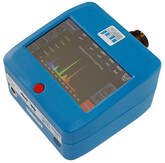 JETI Spectraval 1511 JETI Spectraval 1511 A spectroradiometer differs by sampling very precise wavelengths of light (expressed as nanometers) in corresponding amplitudes called nits (cd/m2, or candelas per square meter). Spectral meters are supremely accurate, however the pace at which they take readings can be extremely slow. 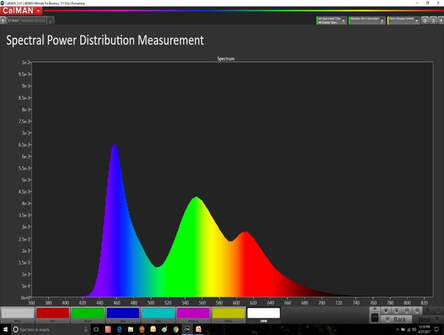 An important specification for spectroradiometer performance is optical bandwidth, detailing the “width” or wavelength of light, in nanometers. A spectroradiometer with an optical bandwidth rated at 10nm will read light accurate to a 10 nanometer tolerance. While usable for display types with broad spectral response, 10nm proves far too wide for application-specific display devices that are laser-based. 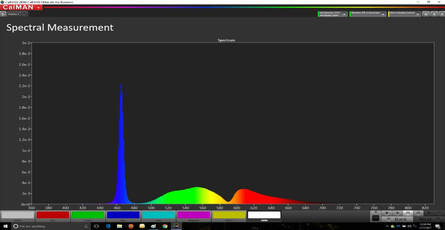 Many laser-based projectors utilize a blue laser as a component of the light engine. One characteristic for these designs is a narrow spike in spectral response, typically 4nm. Logically, a spectroradiometer designed with a 10nm bandwidth will be unable to accurately measure 4nm wavelength, perhaps completely misreading spectral response. Laser projectors are only a few generations new compared to lamp-based machines that arguably can harken back to three-CRT based projectors. 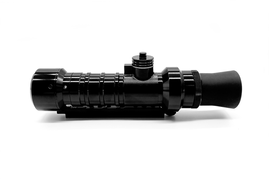 Colorimetry Research CR-250 Spectroradiometer / Spectrophotometer Colorimetry Research CR-250 Spectroradiometer / Spectrophotometer There is good news for devices that confront this issue in the form of narrow bandwidth spectroradiometers. Top-end models feature optical bandwidths of only 2nm, capable of accurately reading current Digital Cinema projectors and future products which may become more mainstream for residential applications. Aside from their narrow bandwidth, these spectroradiometers function identical to less costly spectral meters. Designed for what might be termed mission-critical use, 2nm spectroradiometers are currently priced nearly double to those with optical bandwidths in the 4nm range. Light meters arrive on the market in an array of technology types and with specific application advantages and disadvantages. When meter shopping, be certain to inquire about and compare optical bandwidth as this directly contributes to light-reading accuracy, especially where calibration to laser-based projectors may be involved. Feel free to contact us with specific light meter questions and we will be happy to assist you in selecting a perfect meter for your needs. Ideally, professional calibrators benefit in having both styles of meters at hand, but let’s save the discussion for a later date.
0 Comments
Leave a Reply. |
Third Party Reviews & Articles
SIX-G Generator
Archives
July 2024
Categories |
|
|
© Copyright 2015-2023
Home Contact Us About Us Careers Warranty 2222 E 52nd Street North, Suite 101, Sioux Falls SD 57104 +1 605-330-8491 [email protected] |

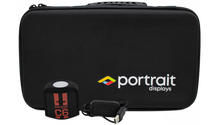
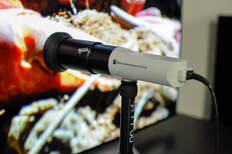
 RSS Feed
RSS Feed